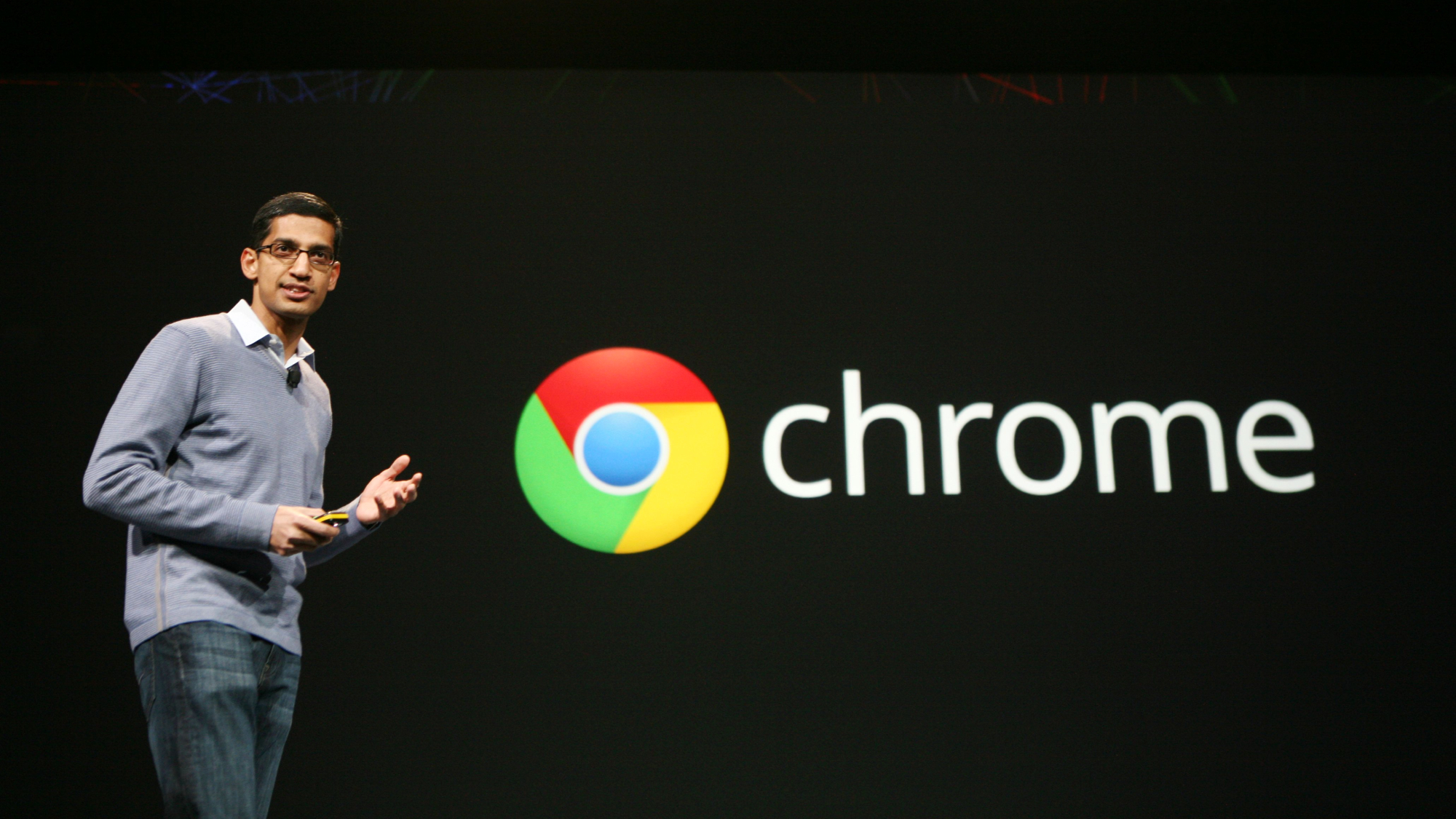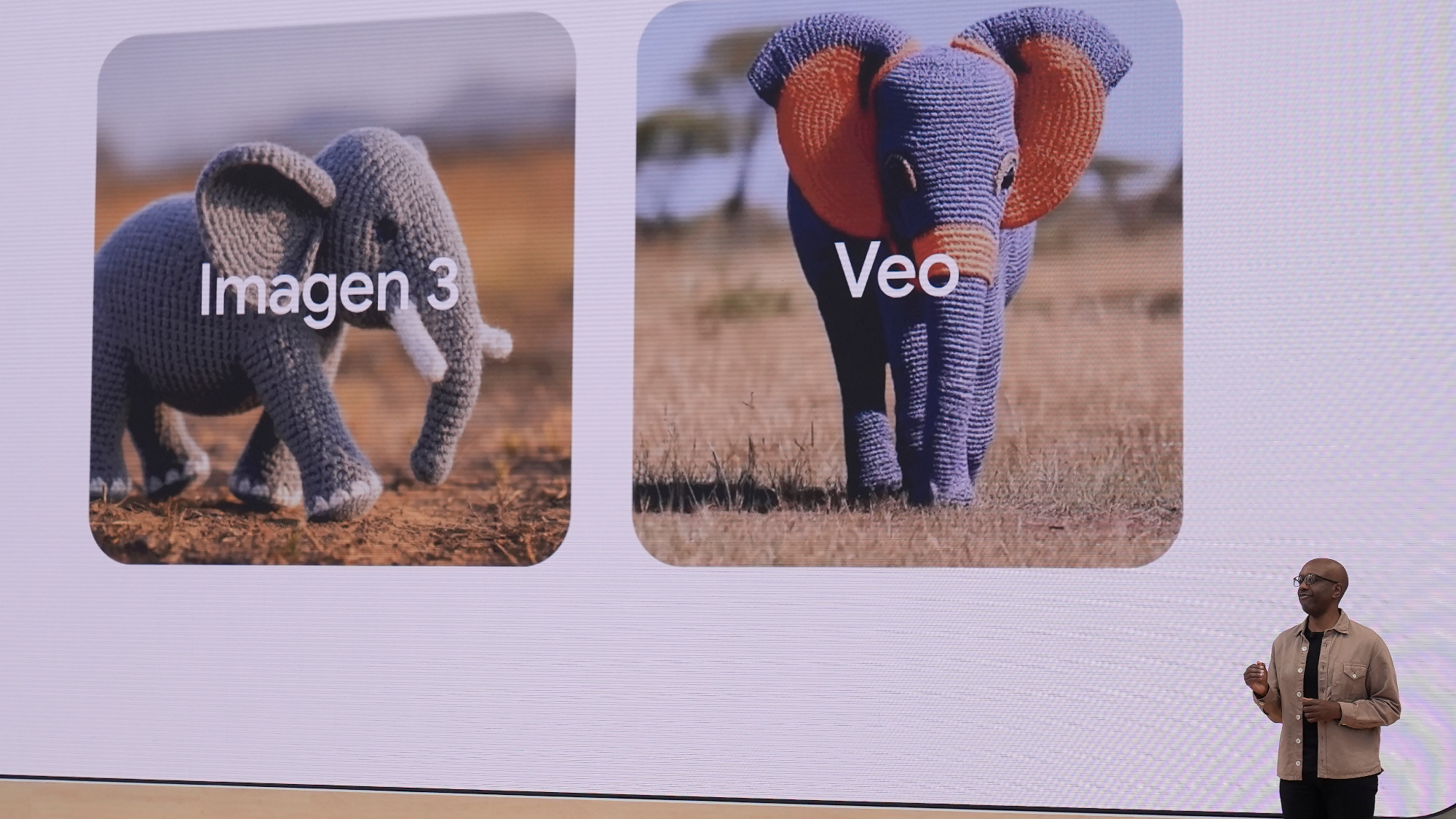Project Ara: Google phone coming in 2017
Tech giant's long-awaited modular handset is finally on the way – but will it be as revolutionary as they say?
Google's madcap Project Ara smartphone is on its way, with the Lego-like modular handset expected to go on sale next year.
The details were released at the tech giant's annual I/O conference in California. A developer's edition using a 5.3ins display will be available to those who wish to create modules this autumn and consumers will get the first production offerings at some point in 2017.
Project Ara was first presented at Google's 2014 I/O event, notes Wired, and represents one of the company's most ambitious ideas: to produce a consumer smartphone made up of easily interchangeable parts to increase its lifespan and reduce waste.
The Week
Escape your echo chamber. Get the facts behind the news, plus analysis from multiple perspectives.

Sign up for The Week's Free Newsletters
From our morning news briefing to a weekly Good News Newsletter, get the best of The Week delivered directly to your inbox.
From our morning news briefing to a weekly Good News Newsletter, get the best of The Week delivered directly to your inbox.
"Ara is either the future of the phone - a forever-lasting, totally personal device - or an impossible pipe dream," adds the site.
The project got off to a shaky start, with failed demos and no official word for some time. However, it is now on the verge of being a reality – around 30 Google members of staff are using one.
Nevertheless, as The Verge points out, the brief for the first generation has shrunk and many major hardware features won't be interchangeable. Big parts such as the CPU, display and battery will remain fixed to the chassis and it could be some years before they become truly interchangeable.
At launch, Ara will come with six interchangeable slots. Secondary hardware such as cameras and speaker systems will feature as some of the headline bricks.
A free daily email with the biggest news stories of the day – and the best features from TheWeek.com
There's still "a number of intriguing possibilities", though. Google has some big names on side to develop modules, including Sony, Samsung and Toshiba, who could be working on standard additional hardware.
The likes of projectors, fitness trackers and torch modules might not be far away with the first generation and even modules designed purely for cosmetic reasons could be on the cards. Third parties need to develop intriguing additions in order to sell the "radically different" smartphone to consumers, The Verge argues.
Alphr is less convinced and reckons that Ara, while "still neat", is not radical enough to be more than "a niche distraction".
The locked-down items, such as the display and the GPU, are the problem, it says. Until these parts open up, the usual smartphone upgrade cycle will continue and the Ara will be little different to this year's LG G5.
-
 Venezuela’s Trump-shaped power vacuum
Venezuela’s Trump-shaped power vacuumIN THE SPOTLIGHT The American abduction of Venezuelan President Nicolás Maduro has thrust South America’s biggest oil-producing state into uncharted geopolitical waters
-
 Most data centers are being built in the wrong climate
Most data centers are being built in the wrong climateThe explainer Data centers require substantial water and energy. But certain locations are more strained than others, mainly due to rising temperatures.
-
 ‘Maps are the ideal metaphor for our models of what the world might be’
‘Maps are the ideal metaphor for our models of what the world might be’Instant Opinion Opinion, comment and editorials of the day
-
 Has Google burst the Nvidia bubble?
Has Google burst the Nvidia bubble?Today’s Big Question The world’s most valuable company faces a challenge from Google, as companies eye up ‘more specialised’ and ‘less power-hungry’ alternatives
-
 How the online world relies on AWS cloud servers
How the online world relies on AWS cloud serversThe Explainer Chaos caused by Monday’s online outage shows that ‘when AWS sneezes, half the internet catches the flu’
-
 Is the UK government getting too close to Big Tech?
Is the UK government getting too close to Big Tech?Today’s Big Question US-UK tech pact, supported by Nvidia and OpenAI, is part of Silicon Valley drive to ‘lock in’ American AI with US allies
-
 Google: A monopoly past its prime?
Google: A monopoly past its prime?Feature Google’s antitrust case ends with a slap on the wrist as courts struggle to keep up with the tech industry’s rapid changes
-
 South Korea's divide over allowing Google Maps
South Korea's divide over allowing Google MapsTalking Points The country is one of few modern democracies where the app doesn't work
-
 Google avoids the worst in antitrust ruling
Google avoids the worst in antitrust rulingSpeed Read A federal judge rejected the government's request to break up Google
-
 Is AI killing the internet?
Is AI killing the internet?Talking Point AI-powered browsers and search engines are threatening the death of the open web
-
 Unreal: A quantum leap in AI video
Unreal: A quantum leap in AI videoFeature Google's new Veo 3 is making it harder to distinguish between real videos and AI-generated ones